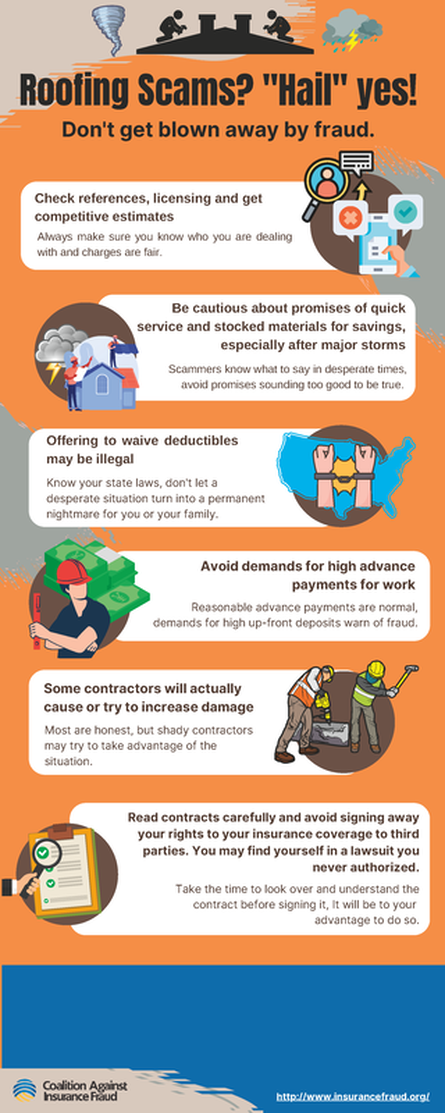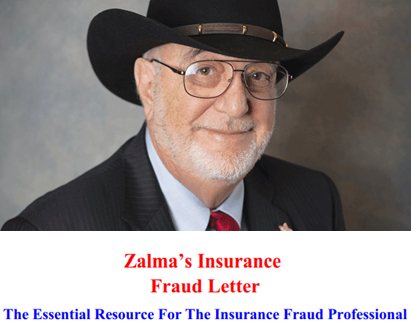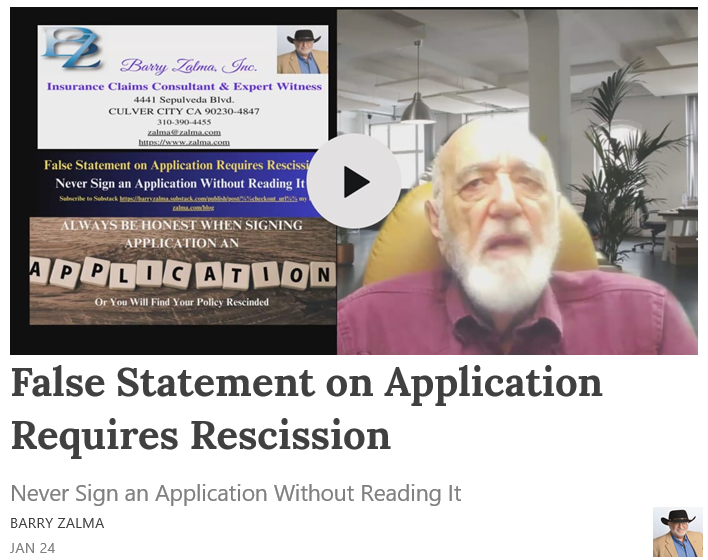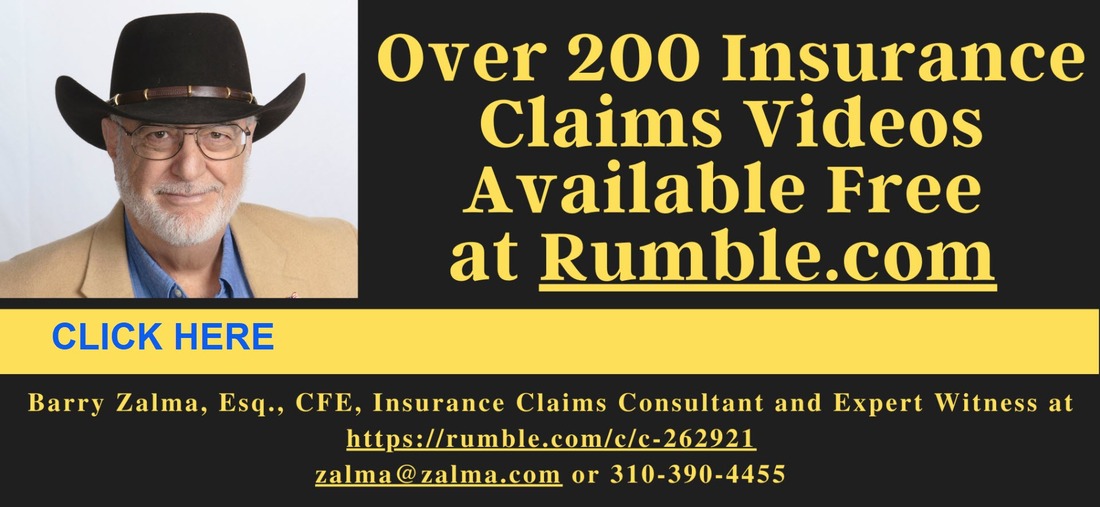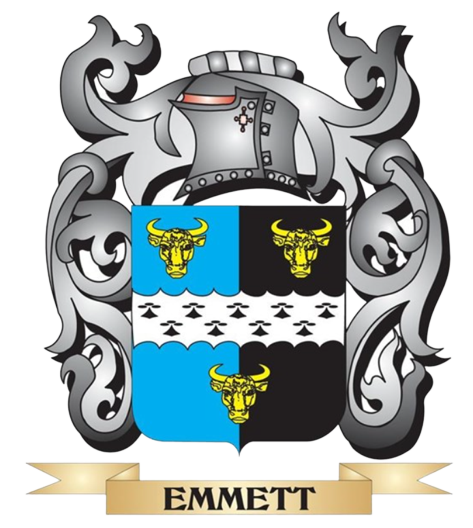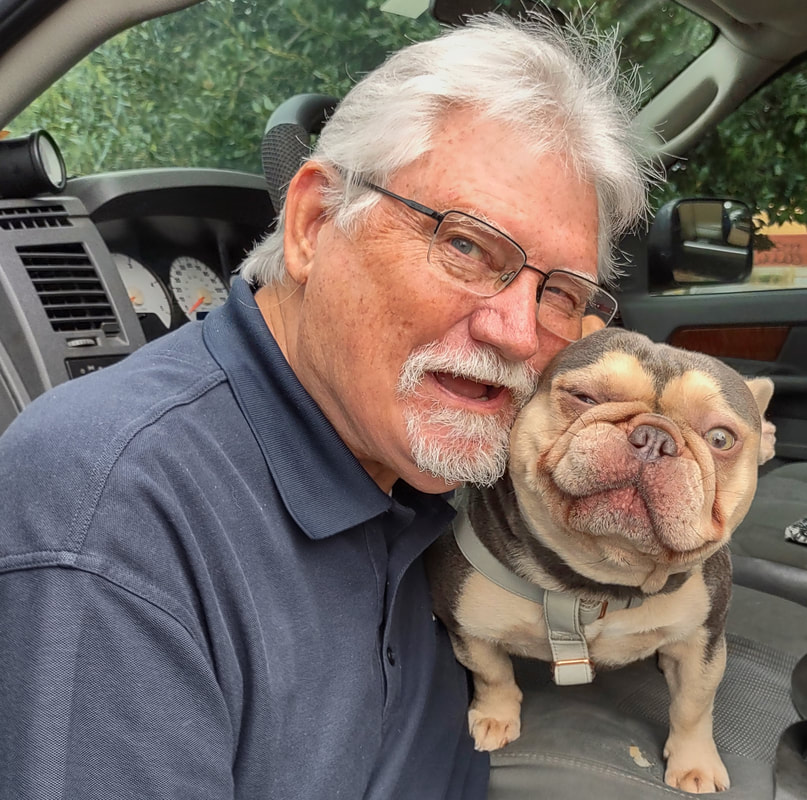Insurance Fraud |
Insurance Fraud |
5 Examples of Insurance FraudRoof caves in on DJ’s stormy insurance con
http://www.insurancefraud.org/article.htm?RecID=3116 Home insurance arson shrouds child murder plot http://www.insurancefraud.org/article.htm?RecID=3389#.VK13torF_Cc Can you spot a liar? Here are some things to look for Sometimes what we don’t say speaks far louder than our words.…Read More Devlish Christian insurer milks motorists http://www.insurancefraud.org/article.htm?RecID=3042 Muddled excuses for fake car theft backfire on cop http://www.insurancefraud.org/article.htm?RecID=2928 Hired torch blows himself up in botched home arson http://www.insurancefraud.org/article.htm?RecID=2892 How to avoid becoming a victim of 'flood vehicle' fraud Flood-damaged vehicles offer a tempting opportunity for criminals to defraud unsuspecting consumers.…Read more Devout grandmother burned alive in home arson http://www.insurancefraud.org/article.htm?RecID=3122 Jittery agent shoots investigator just doing her job http://www.insurancefraud.org/article.htm?RecID=2935 Crooked lawyer feasts on client settlements http://www.insurancefraud.org/article.htm?RecID=3456 Playing with fire burns homeowners and hired torch http://www.insurancefraud.org/article.htm?RecID=3118 Many successful people have found opportunities in failure and adversity that they could not recognize in more favorable circumstances.
Samuel Johnson once observed that the prospect of being hanged wonderfully focuses the mind. You yourself may have found that your mind seems sharpest when you are faced with the greatest difficulties. Desperation often proves you really are better than you think. But with the exception of an immediate threat to your life or health, there are few situations that require instantaneous action. When the world seems to be conspiring against you and nothing is working out right, pause for a few moments to think the situation through — then develop the most appropriate plan of action, the one that has the greatest likelihood of success. No one is capable of giving direction unless he or she knows how to take directions and carry them out.
An essential quality of leadership is developing the ability to persuade others to align their goals with yours and those of the organization. Until you, yourself, are able to join forces with others in the pursuit of a common objective, you will never persuade them to join your cause. Effective leaders recognize the value of working together, and they learn how to follow directions before being entrusted with the responsibility for the performance of others. Good leaders show by example how they expect others to behave. Even though the troops may be trained to follow orders unquestioningly, the officer always leads them into battle. You cannot push others to follow your example; you must pull them along with you. When you show by your every word and deed that you are a person of character, one who works for the greater good of the entire organization, your people will follow. If you don’t want your life to be “messed up,” don’t fool around with those who have messed up theirs.
It is a peculiarity of human relationships that it is virtually impossible for one individual to have a lasting positive influence upon members of a group of negative thinkers. Usually, it works the other way. You cannot maintain a positive, productive attitude if you spend all your time with negative people. Those who have wrecked their own lives (and usually blame their misfortune on others) are not the kind of people who will help you achieve success in your own life. Choose your friends and associates carefully, and refrain from complaints about your job, your company, or any individual. Spend your time with positive, ambitious people who have a plan for their lives. You will find that their optimism is infectious. A peacemaker always fares better than an agitator.
In today’s “everything is negotiable” society, we are bombarded with messages telling us that we get what we demand, not what we deserve. You may temporarily achieve success by demanding more than your due from others, but it will not long endure. “Squeaky wheels” may initially receive the most attention, but the wise wagon-master eventually replaces them. It’s easy to create problems and dissension but very difficult to lead others in a spirit of cooperation and harmony. Which type of individual do you think is most valuable to the organization? The greatest rewards in life — both financial and personal — will always accrue to the peacemakers of the world. Insurance Fraud Prevention
Burglar turns broken back into fortune http://www.insurancefraud.org/article.htm?RecID=3045 Crooks fingered for sawing Porky’s hand http://www.insurancefraud.org/article.htm?RecID=3238 Staged-crash ring crashes and burns http://www.insurancefraud.org/article.htm?RecID=3386#.VK10x4rF_Cc Crooked lawyer feasts on client settlements http://www.insurancefraud.org/article.htm?RecID=3456 Lawless Lamborghini ride means turnpike to prison http://www.insurancefraud.org/article.htm?RecID=3310 Insurance Fraud Prevention
Basement a fiery coffin for arson plot http://www.insurancefraud.org/article.htm?RecID=3452 Cop breaks oath, law with serial car cops http://www.insurancefraud.org/article.htm?RecID=3457 10 Red Flags that could Signal a Fraudulent Auto Claim Not every claim involves fraud, but there are a few indicators that could warrant a closer look. Read more Believe it or not: The ‘Coverage for Dummies’ Hall of Fame Many people see liability insurance as a way to compensate them for their poor judgment. Take a look at some of the cases that made the “Coverage for Dummies” Hall of Fame.…Read more NYPD stings no-fault crash con http://www.insurancefraud.org/article.htm?RecID=3309 Home insurance arsonist shoots witnesses, kids http://www.insurancefraud.org/article.htm?RecID=3115 Puppies nearly burned alive in arson plot http://www.insurancefraud.org/article.htm?RecID=3454 Bugatti dunk for insurance cash all washed up http://www.insurancefraud.org/article.htm?RecID=3388#.VK10yIrF_Cc Father crushes son with truck for life insurance http://www.insurancefraud.org/article.htm?RecID=3314 Hoax Hassids stage daffy diamond heist http://www.insurancefraud.org/article.htm?RecID=1909 How to tell if your insured is being honest with you Speech patterns, body movements and gestures can be indicators of truthfulness.…Read More
|
AUTO INSURANCE FRAUD MAXIMS
To a person intent on perpetrating an insurance fraud two maxims become immediately clear:
The most successful is the automobile personal injury fraud. It exists in almost every metropolitan community. Each perpetrator of an automobile personal injury fraud varies the methodology slightly. Rather than isolated instances of fraud they are run like a large corporate entity. The following are the categories of individuals involved in the automobile personal injury fraud ring: THE RECRUITER This is a person who worked in the community to recruit two different types of people: the victims and the insureds. They recruit victims from the ranks of the unemployed, individuals on welfare or anyone in need of quick cash. The same sources provide insureds who may even include wealthy, or well-off people, who need cash to support their purchase of illicit drugs. The recruiting techniques are simple and straightforward. A victim is offered $300 to $500 cash to allow his name to be used in a report of an automobile accident. Sometimes they must actually sit in a car that is then struck by one of the recruited insureds. Sometimes they only sell the use of their names. In fact, depending on the insurer involved and the reputation it has for investigation of such claims, living persons are not necessary to play the role of victim. In such situations, the insured merely runs his vehicle into a stationary object such as a garage wall or telephone phone to create damage to his vehicle. He reports that he struck the victim’s vehicle in a private parking lot and that the victim and four of his passengers are reporting personal injuries. All of the victims hire counsel. Almost always the victims hire the same lawyer who refers them all to the same physician or chiropractor. THE DISHONEST LAWYER Depending on his experience, the lawyer either recruits the recruiter or is recruited by the recruiter. The recruiters usually watch the results of the bar examination and then make contact with a newly admitted lawyer. They advise the lawyer that, for a small share of the proceeds, they can provide him with ten to twenty new personal injury plaintiff cases every month. They claim that they have this source of business because they work as an administrator for a local chiropractic clinic or in a body shop. The young, gullible lawyer, either not realizing that it is a crime to pay a person for a case, or is so hungry for work that he or she ignores the law, agrees. The young lawyer never meets his or her client. He or she gets contingency fee agreements from the recruiter and medical reports reflecting the injuries. He then makes demand on the insurer who has already received a report from its insured (who was paid to do so) advising that the accident was the insured’s fault. The lawyer makes demands on the insurer for settlement. After a few telephone calls and copies of the medical reports he settles with the insurer for between $5,000 and $10,000 a plaintiff. The lawyer keeps all of the money less the fees of the recruiter, the victim and the insured. The lawyer makes an excellent living earning more money than he ever would on salary for any law firm. He learns the trade and recruits his own recruiters to keep more of the money. Greed and the Dishonest Lawyer The people involved in staged automobile accident claims are usually successful until they get greedy. In 2011, Robert Belshaw, 56, a Marina del Rey, California attorney was sentenced to seven years and eight months in prison for his role in an auto insurance fraud ring that stole about $3 million. Belshaw was found guilty in March of five counts of money laundering and three counts of state income tax evasion. A co-defendant and ring leader, Solomon Morris Davis, 61, of Rancho Palos Verdes, also was convicted on 20 counts of insurance fraud and conspiracy. He was sentenced in April to 12 years in state prison. The ring staged accidents to defraud insurance companies. Prosecutors told the press that Davis set up Total Medical Healthcare in the mid-Wilshire area of Los Angeles under the name of his wife, Dr. Jody Hunter-Davis, as part of the scam. She, however, did not practice medicine at the clinic and was not a suspect in the case. As part of the fraud scheme, the signatures of doctors who worked part-time at the clinic were forged for inflated billings. Davis recruited Belshaw to run a sham law practice that negotiated the fraudulent billings with insurance companies from September 1999 to April 2003. Belshaw failed to claim any of his earning on state income tax returns from 1999 to 2001, officials with the state Franchise Tax Board said. Belshaw owes the tax board more than $31,600 in unpaid taxes, penalties, interest and the cost of the investigation. Had Mr. Belshaw limited the number and extent of fraudulent claims he would probably still be presenting fraudulent claim and earning a good living. Because he got greedy, because he failed to report the money he earned from his criminal activity, he is now residing in the grey bar hotel operated by the state of California and can only wear an orange jump suit. This post was adapted from my book, Insurance Fraud Costs Everyone Available as a Kindle Book and Available as a Paperback from Amazon.com. Insurance Fraud Prevention
Insurance Coverage en Español
http://www.iii.org/es/insurance-topics/all-coverage-en-espanol |
|
Attention: Georgia Agents! 24 hours CE for $24 or join GIA for $99 per year and it's free for all agency staff!
Have you enjoyed at least 24 hours of Edu-Tainment? If yes, you are welcome to take the Final Exam Otherwise, continue to Lesson #13: Here Comes the Judge |

